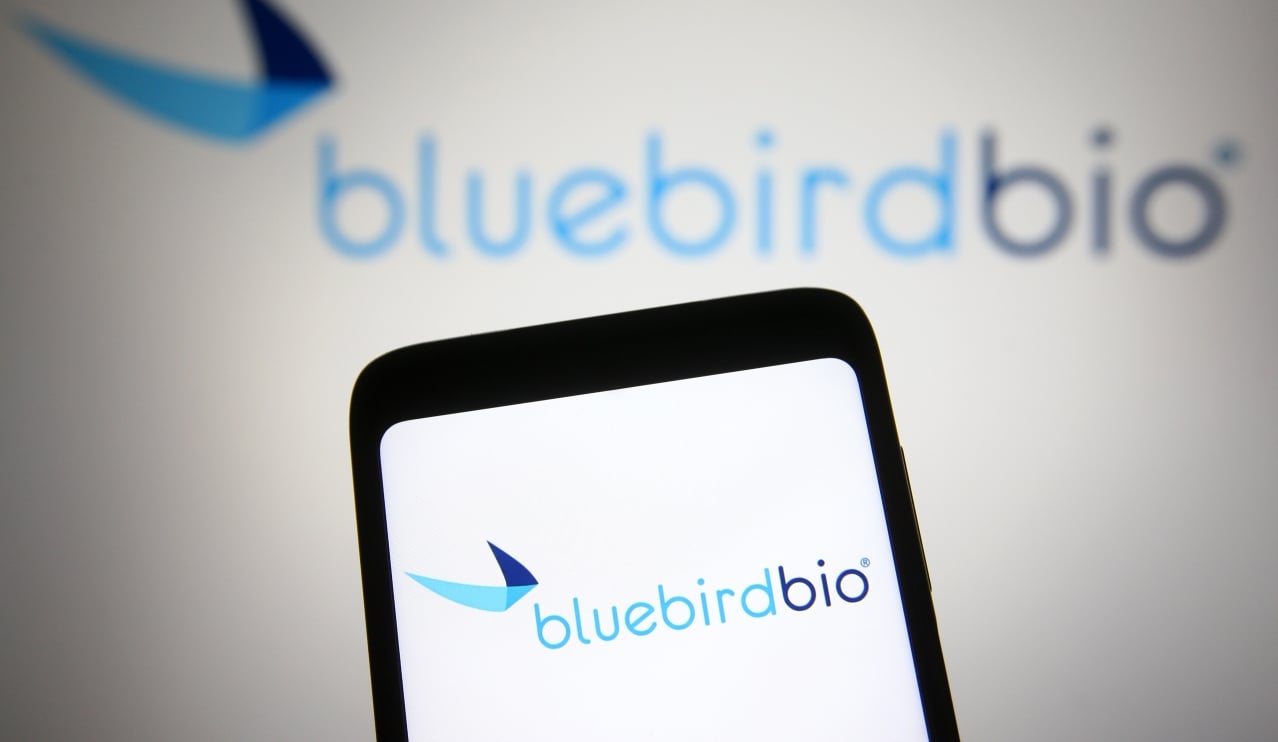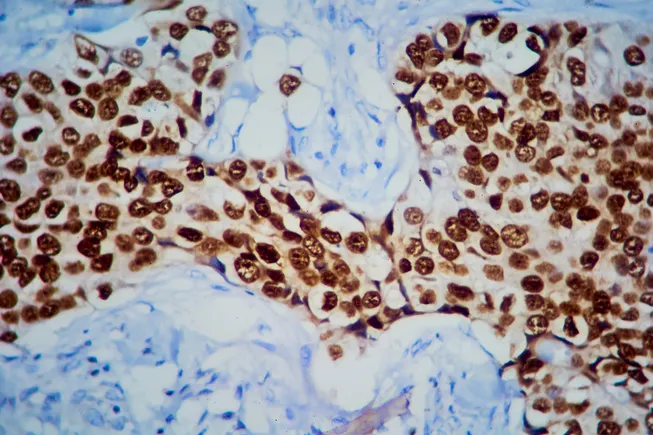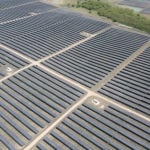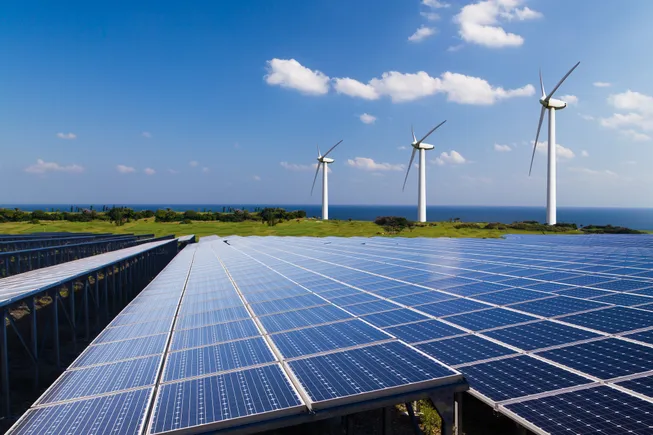Discerning Performance Bottlenecks of State‐of‐the‐Art Narrow Bandgap Organic Solar Cells
Advanced Energy Materials, EarlyView.

This work quantitatively discerns the loss mechanisms of state-of-the-art low-bandgap organic solar cells based on BTPV-4X-eC9 acceptors. Compared to PM6:Y6, geminate recombination of charge transfer (CT) states governs photocurrent losses. This relates to conformational freedom of these acceptors that restricts their aggregation, and also counteracts the benefits of their higher quadrupolar moments to CT separation, leading to higher recombination coefficients.
Abstract
Discerning loss mechanisms in organic solar cells with narrow optical bandgap is critical for the development of conventional and next-generation photovoltaic technologies, especially for tandem and semi-transparent solar cells. Here, all photocurrent losses are quantitatively deconvoluted in two low-bandgap (E g≈1.23 eV) binary systems using structurally analogous non-fullerene acceptors (NFAs), namely BTPV-4F-eC9 and BTPV-4Cl-eC9. Bias-dependent free charge generation and photoluminescence studies pinpoint geminate charge transfer (CT) state recombination as the predominant photocurrent limitation in both systems, compared to parent Y6-blends. Transient absorption spectroscopy too reveals a critical competition between CT decay and separation dynamics. Theoretical calculations uncover multiple stable molecular conformers that restrict NFA aggregation, aligning with morphological studies, resulting in poor CT separation in photoactive blends. Owing to CT loss pathways, free charge recombination in both low-bandgap systems is closer to the Langevin limit than in PM6:Y6. Nonetheless, they exhibit overall voltage losses of ≈0.56 V comparable to PM6:Y6, and efficient exciton dissociation despite a lower driving force. Current–voltage simulations show that suppressing geminate losses can vitally balance recombination pathways to unlock photocurrent potential of low-bandgap blends. Further optimization of the charge carrier mobility would push the PCE >16%, moving the internal quantum efficiency toward the detailed balance limit.











































































































































